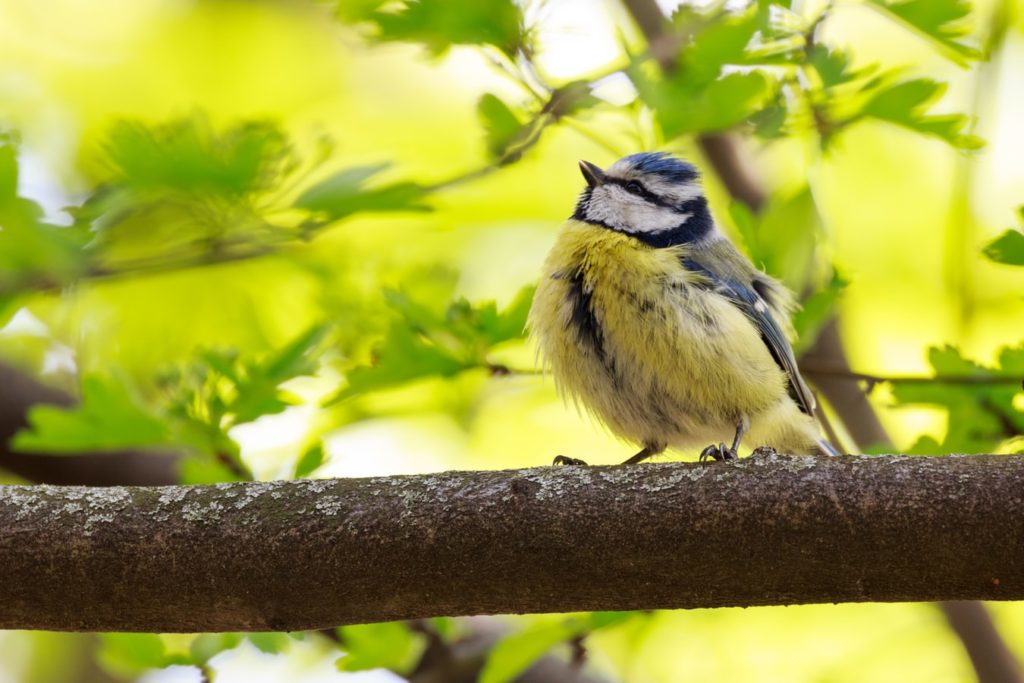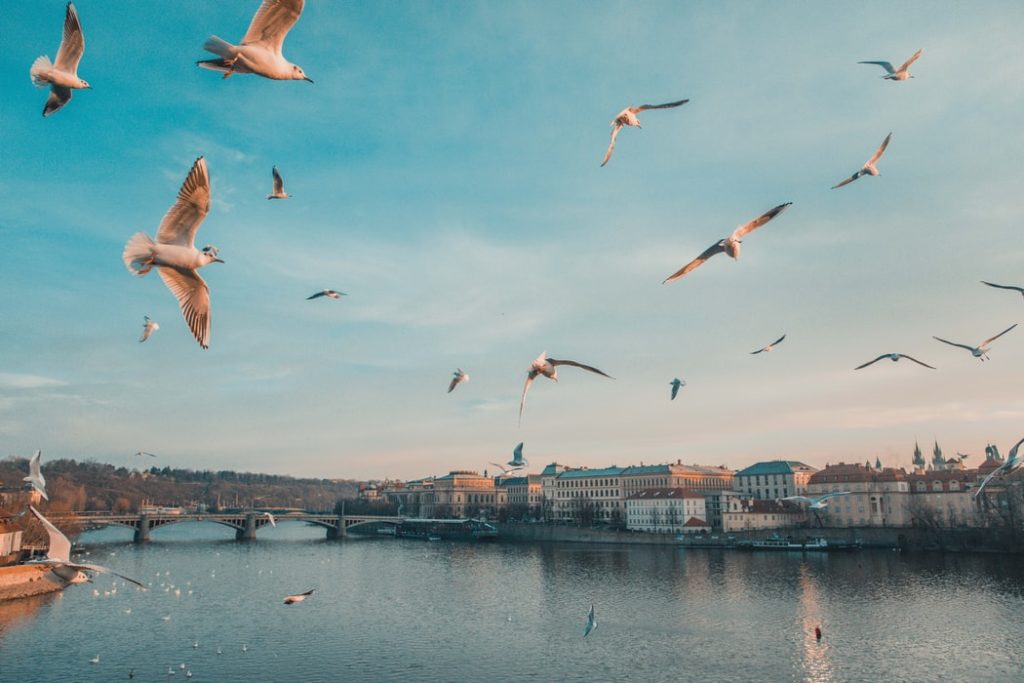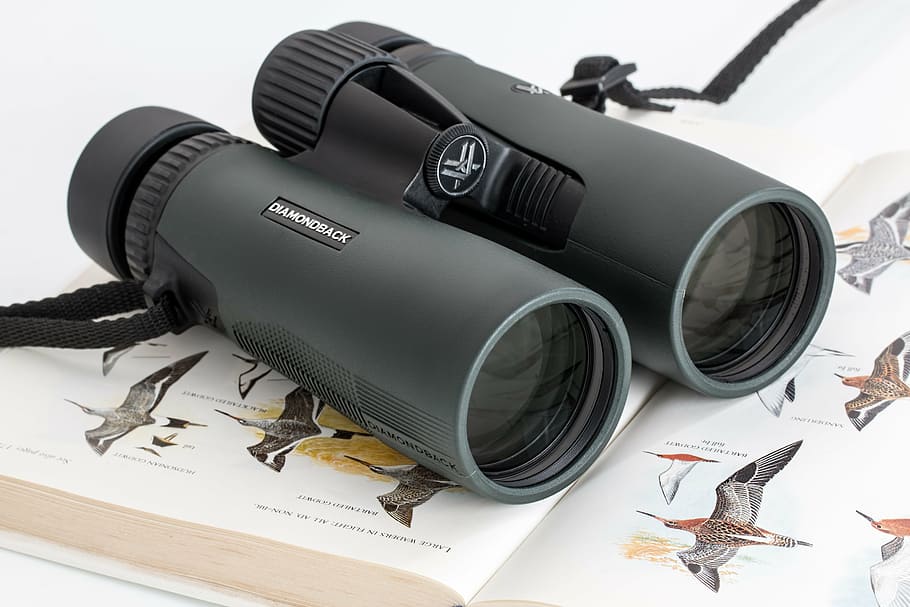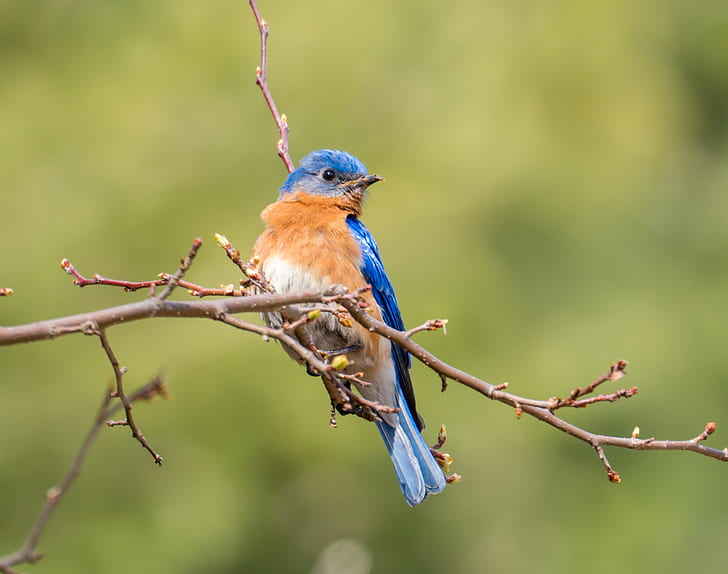Birding, like many outdoor activities, can be an excellent boost to our mental health. It’s also relaxing, exciting, and if done properly — sustainable.
It’s like real-life Pokemon, but better.

Why birding
Birding is easy to get into. You can probably do it from inside your home if you have a nice view and a few trees around. There are plenty of birds in both urban and rural areas, in all latitudes, and on all inhabited continents. Whether it’s seagulls, cormorants, tits, or whatever they may be, no area is completely devoid of birds. So the first reason to start birding — it’s you can do it from anywhere.
It’s also surprisingly easy. You don’t really need anything to get started — although as we’ll see a little later, a bit of equipment can make it much more enjoyable. You can simply look out your window or sit on a park bench and look for birds — technically, you’re birding.
But that’s not all that much fun, is it?
Birding is all about spending time in nature, in nice places, and, of course, looking after birds. Birds have inspired mankind since time immemorial,
Before you start
Before you gear up and head on to wherever your legs may take you, it can be useful to know a thing or two.
First of all, there is a wealth of information you can find online. Audobon has a great list of FAQ you can check out before you get started, and there is a wealth of information you can get on the internet.

Many areas have a local birding community you can check out online, whether it’s a social media group, a website, or something else. People are usually very friendly and kind and you’re bound to get some good, local advice.
There’s also a myriad of apps you can use to know what birds you can expect to find, and how to recognize them. For instance, the Cornell Lab of Ornithology’s Merlin Bird ID app is free to download, and you can get a digital guide to the birds of your area. It’s also good as you start seeing birds — you can add them in an album, note traits about them (like how big they are and where they were), and so on. It’s kind of like a Pokedex, but you know, real.
Your local library might also have some local books which might be worth checking out before you commit to buying anything.
Gear up

Birding is an adventure, but it’s the simplest and safest adventure. You don’t really need much to truly get started. A backpack, some boots, good pants and a jacket — and you’re good to go. Don’t go buying the most expensive things before you get started and actually see what you need.
This being said, good equipment can definitely make the difference — and in addition to the very basics, a few items can make a huge difference.
For starters, something to help you see farther will likely be of great help. You’ll often be looking into the distance, and a way to “zoom in” can make all the difference. The classic option is a binocular and they come in a myriad of shapes, forms, and prices. Pick one that is comfortable to look through and powerful enough for your objective. Increasingly, monoculars have become more popular among some birding communities. You can find a good monocular list to suit your needs, and it’s often simpler (and cheaper) to start with a monocular.
A camera is also a powerful tool for any birder. Birding is all about enjoying yourself in nature and admiring wildlife, but let’s face it — we all want to take photos to share with others.
Cameras have come a long way in the past few years, and they’ve become much more accessible than they used to. Make no mistake, cameras are still expensive.
You also need a lens capable of zooming in, because most times, your subjects will be pretty far away. But nowadays, you can find decent options (maybe in used markets) at reasonable prices. If you’re not experienced, start with the entry-level stuff and work your way up; you’ll know what you need as you progress.
You might also use a book or two (particularly for identifying species), a notebook, and a pen to make observations. You think you’ll remember it, but you won’t.
You’ll need some decent boots and a backpack, nothing fancy. A bottle of water, maybe a hat (if it’s sunny), and some insect repellant can help.
See some birds!

As mentioned, you can start birding from your garden, park, whatever. There are many good places to familiarize yourself with the activity. There are usually remarkably diverse populations of birds in cities, though of course, going out into nature can be more relaxing and rewarding.
First of all, remember to stay safe at all times! Pay attention to your surroundings, try to avoid getting lost, don’t venture into unstable soil. Oftentimes, birding happens around a lake or river, don’t venture to close to the water, the soil is often tricky.
Secondly, if you go on long walks, stay hydrated and use a hat if it’s sunny outside. Sunscreen can also help. Pack some food to keep you going. Plan ahead, do your homework but don’t have too rigid of a plan — enjoy your surroundings and take it easy.
That last point is so important I’ll say it again: birding isn’t just about the birds, it’s about all the surroundings. Enjoy nature, relax, soak it all in.
If you’re actively looking for birds, try to stay quiet or not talk loudly. Most birds are easily startled, and you might end up scaring them. Similarly, try not to make any sudden moves. Move naturally, and slow down if you’re approaching birds. Try not to inconvenience them in any way.
In time, you’ll get to know the surroundings and what type of birds you can expect. It’s a growing experience that will happen naturally.
Most birders like to keep a list of the birds they see, making notes about what and where they saw. You might not be able to identify all the birds at first, but that’s also part of the experience! Take a photo for later reference if you can, and consult a guide or book to see what it may have been. Again, there are many bird identification groups and pages online to help you, and people are generally friendly.
Lastly, birding is something you can do on your own or in a group. Try to find a local club or get someone else interested and join in on the fun. Even if they don’t care for birds, it’s still nice to go for a walk.
There are many ways you can go deeper into this hobby. You can start reading books about bird habits, become better at identifying them, or simply try to snap the perfect photo. At the end of the day, all that matters is having a good time in communion with nature.


